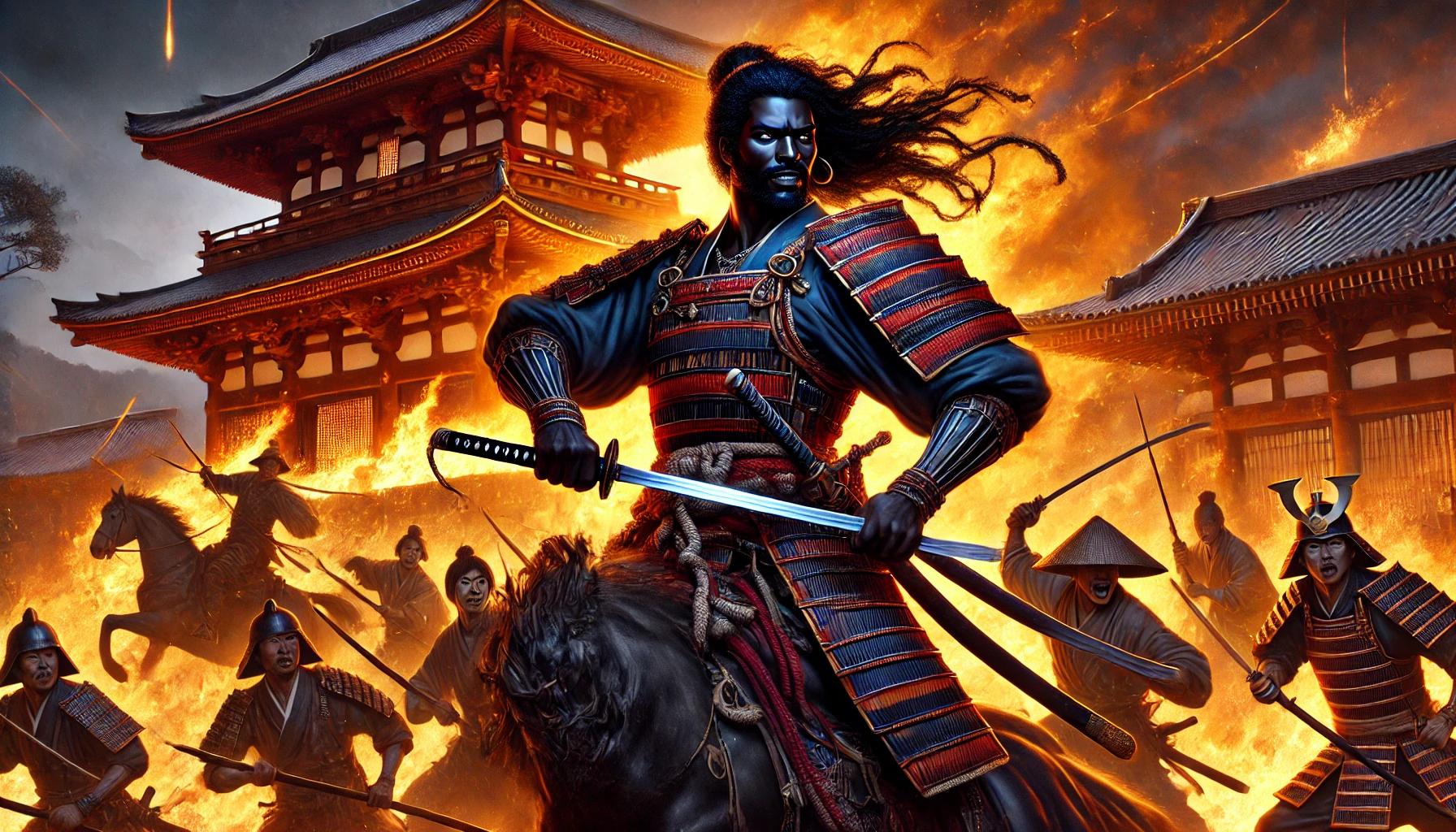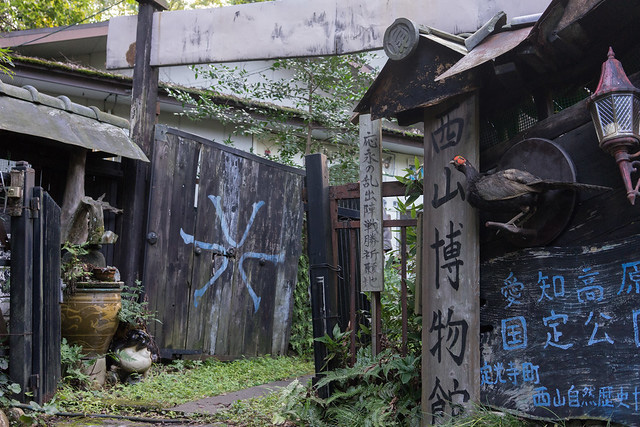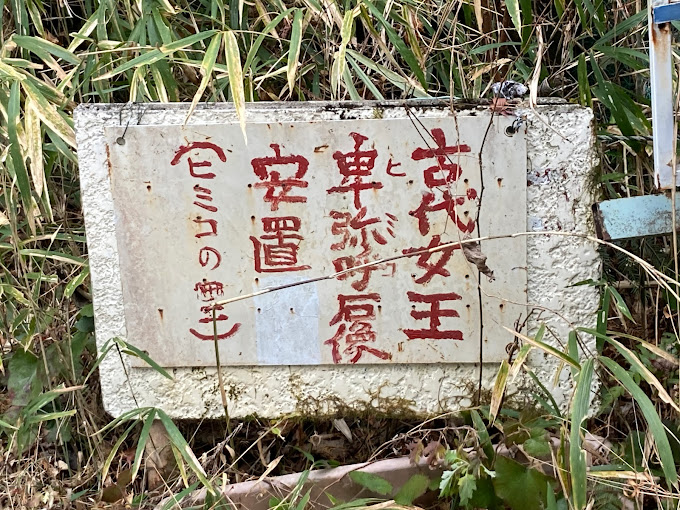In this post, I’ll be covering more questionable claims from Lockley’s paper The Story of Yasuke: Nobunaga’s African Retainer (2016), which I didn’t get to in Part 1.
Originally, I wanted to go through all the dubious claims, but there were just too many, so I’ve narrowed it down to three for now.
For the rest, I encourage you to take a look for yourself once the National Diet Library finishes digitizing the paper.
This article is the English version of my X article:
Before jumping into today’s topic, let’s quickly revisit one of the claims from Part 1: “Black people in Japan during Yasuke’s time are explicitly mentioned as owning Japanese slaves and having mistresses”
After thoroughly reading Stanley’s book —cited as the source for this claim— I couldn’t find anything that backs up what Lockley said.
The only reference to black people I found was in a section defining “Dutchman” in Chapter 3, which I covered previously. I’ll revisit Lockley’s statement in more detail in Part 3.
Now, for today’s topic, I’ll address the following three claims:
- Casually recognizing Yasuke as a samurai
- Mistaking “6 shaku 2 bu” for “6 shaku 2 sun”? — Possibly referencing incorrect information from Wikipedia
- The theory that Yasuke wielded Nobunaga’s sword during the Incident at Honnōji
While these claims have already been widely discussed, what makes this interesting is that they’re included in an academic paper.
Let’s go through them one by one.
Other Questionable Claims in Lockley’s 2016 Paper
Casually Recognizing Yasuke as a Samurai
Bold text is by me.
Yasuke was not the only non-Japanese man to be granted the rank of samurai before the warrior caste was abolished in 1873. iv
Thomas Lockley, The Story of Yasuke: Nobunaga’s African Retainer, Omon Ronso vol.91, 2016, p.90-91
- iv: All dates will be given as per the Gregorian calendar.
In this case, “iv” isn’t a source reference but a footnote by Lockley himself.
In his paper, Lockley lists both footnotes and references together at the end under “Endnotes and References.”
This arrangement can easily mislead readers into thinking there’s a source supporting the claim that Yasuke was granted samurai status.
In reality, Endnotes and References iv only mentions that “All dates will be given as per the Gregorian calendar”, a TRIVIAL note.
This appears on the first page, so an uninformed foreign reader might assume that Yasuke’s samurai status is established fact.
I’ve seen similar instances elsewhere in the paper, where I expect a citation but find only a footnote from Lockley. I want to share more examples of this in a future post.
Lockley also states:
There are two things we can deduce about Yasuke with some certainty, however. Firstly, that he did rise to samurai status. Fróis’ second reference to Yasuke reports his part in Nobunaga’s final stand and return to the Jesuits. This time, his description indicates that Yasuke was a warrior, not a servant, and had been close to Nobunaga. xxiv This concords with Matsudaira’s second diary entry concerning Yasuke, where he is described in a similar fashion.
Thomas Lockley, The Story of Yasuke: Nobunaga’s African Retainer, Omon Ronso vol.91, 2016, p.94-95
- xxiv: Fróis cited in Bragança, Cartas volume III.
In this passage, Lockley claims that Yasuke reached the status of a samurai. However, Yasuke’s rank and status remain hotly debated, and it’s hard to make “certain deductions” as Lockley suggests.
He also mentions Matsudaira’s second diary entry, which supposedly aligns with Fróis’ description. However this seems to refer to a questionable passage in the Ietada Diary, which I discussed in my previous post.
The logic and evidence behind these claims are difficult to follow for me.
Mistaking “6 shaku 2 bu” for “6 shaku 2 sun”? — Possibly Referencing Incorrect Information from Wikipedia
At this audience, Ota described Yasuke as a healthy, handsome man of around twenty-six or twenty-seven years old with a good demeanor, the strength of ten normal men and black like an ox. lxxxiii Matsudaira, who met Yasuke at Nobunaga’s castle. Azuchi, in May 1581, described him as black as ink and 188cm tall, which would have made him a virtual giant in this period. lxxxiv
Thomas Lockley, The Story of Yasuke: Nobunaga’s African Retainer, Omon Ronso vol.91, 2016, p.107
- lxxxiii: Ota, The Chronicle of Lord Nobunaga, pp. 385-386.
- lxxxiv: Matsudaira, Ietada Diary, vol. 2.
Here, Lockley mistakenly describes Yasuke’s height as 6 shaku 2 sun (六尺二寸, about 188 cm) instead of 6 shaku 2 bu (六尺二分, about 182 cm).
For a long time, Yasuke’s height was incorrectly listed as 188 cm on the English Wikipedia page, so it’s possible that Lockley relied on that information.
There’s actually a theory that “6 shaku 2 bu” was a common phrase used to describe black skin or exotic figures, including mermaids, as mentioned in the Ietada Diary. I want to introduce this theory in English later.
Additionally, Lockley seems to have translated the phrase 器量なり (kiryō nari) as both “handsome” and “with a good demeanor,” effectively doubling its meaning.
However, in the English translation of “The Chronicle of Lord Nobunaga” by J.S.A. Elisonas and J.P. Lamers, 器量なり (kiryō nari) isn’t translated as “handsome.”
The English page of “Yasuke” on Wikipedia quotes that passage. Let’s take a look:
On the 23rd of the Second Month, a blackamoor came from the Kirishitan Country. He appeared to be twenty-six or twenty-seven years old. Black all over his whole body, just like an ox, this man looked robust and had a good demeanor. What is more, his formidable strength surpassed that of ten men.
https://en.wikipedia.org/wiki/Yasuke
Here, the phrase is translated only as “with a good demeanor.” “Handsome” seems to be something Lockley added.
If that’s the case, it’s inappropriate for him to cite the English-translated version, “The Chronicle of Lord Nobunaga” as the source.
And as far as I know, this is the only translation that renders 器量なり (kiryō nari) as “with a good demeanor.”
In “The Modern Japanese Translation of the Chronicle of Lord Nobunaga” by Taiko Nakagawa, 器量なり (kiryō nari) is translated as “having an imposing physique”:
二月二十三日、切支丹の国から黒人が来た。年齢は二十六か七ぐらいに見えた。この男は全身が牛のように黒く、健康そうで立派な体格であった。しかも力が強く、十人力以上である。
Ōta Gyūichi (Author), Taiko Nakagawa (Translator), The Modern Japanese Translation of the Chronicle of Lord Nobunaga, Shinjimbun Bunkō, 2013, p.168
Translation:
On February 23rd, a black man came from the Christian land. He appeared to be around twenty-six or twenty-seven years old. His entire body was black like an ox. He seemed healthy and had an imposing physique. Moreover, he had the strength of more than ten men.
It can be also read as “He seemed to have a healthy and imposing physique.” Most Japanese people would likely interpret 器量なり (kiryō nari) as referring to good physique.
I’ve even debated this with Professor Mihoko Oka, who, like Lockley, wants to translate it as “handsome,” but I found that odd. When I asked for an explanation, I didn’t get a clear answer.
The Theory That Yasuke Wielded Nobunaga’s Sword During the Incident at Honnōji
Ota states that all Nobunaga’s attendants died, and names each one: Yasuke’s name is conspicuously absent. cxiv However, Oda family lore holds that Yasuke was tasked with removing Nobunaga’s head and sword from the scene, to ensure they did not fall into enemy hands. This story is based on the fact that Nobunaga, contrary to Japanese tradition, had a death mask made, and Yasuke is said to have facilitated this. cxv
Thomas Lockley, The Story of Yasuke: Nobunaga’s African Retainer, Omon Ronso vol.91, 2016, p.114-113
- cxv: The death mask in question is kept in the Nishiyama Natural History Museum in Seto City, Aichi Prefecture, but has only once been displayed to the public.
Here, Oda family lore! For reference, the Nishiyama Natural History Museum is like this.
デスマスクは自称信長の子孫の個人博物館で展示されているものです。
https://x.com/laymans8/status/1796154068152267262
卑弥呼の墓もありますね・・・
Translation:
The death mask is displayed in a private museum run by a person who claims to be a descendant of Nobunaga. They also have the tomb of Himiko…
They claims to have the tomb of Himiko, the queen of ancient Yamataikoku—despite the fact that we don’t even know where Yamataikoku was located. This tells you a lot about the museum’s credibility.
Although Lockley dismisses the story by saying, “This story is problematic, not least in that it’s not mentioned in any written records,” he then entertains it again like this:
Again Ota does not mention Yasuke, but we know from Fróis that he eventually surrendered a sword to Akechi’s men. cxix The sword that Yasuke surrendered does not seem to have been the small ceremonial koshigatana mentioned above, and, as per Oda family lore, it might even have been Nobunaga’s own weapon, which would be congruous with the fact that Yasuke was his weapon bearer.
Thomas Lockley, The Story of Yasuke: Nobunaga’s African Retainer, Omon Ronso vol.91, 2016, p.114
I personally think unreliable stories like this have no place in academic papers.
If you asked UBI, there’s just as much chance that Yasuke was swinging Zoro’s Sandai Kitetsu sword.
Conclusion: Lockley’s 2016 Paper Contains Numerous Questionable Claims
This time, we looked at three key points:
- Casually recognizing Yasuke as a samurai
- Mistaking “6 shaku 2 bu” for “6 shaku 2 sun”? — Possibly referencing incorrect information from Wikipedia
- The theory that Yasuke wielded Nobunaga’s sword during the Incident at Honnōji
Lockley’s claims are well-known by now, but the fact that they’re included in a peer-reviewed academic paper is still surprising.
I had assumed that such speculative ideas were only in his books, but it seems that his papers contain just as much speculation and aspiration.
There are even more exaggerated depictions of Yasuke, resembling something out of a light novel, that I wanted to cover. However, there’s too much to go into right now, so I’ll save that for another time.
This post turned out to be a lighthearted take on some of the funnier claims, but I’ll introduce more serious content next time.





